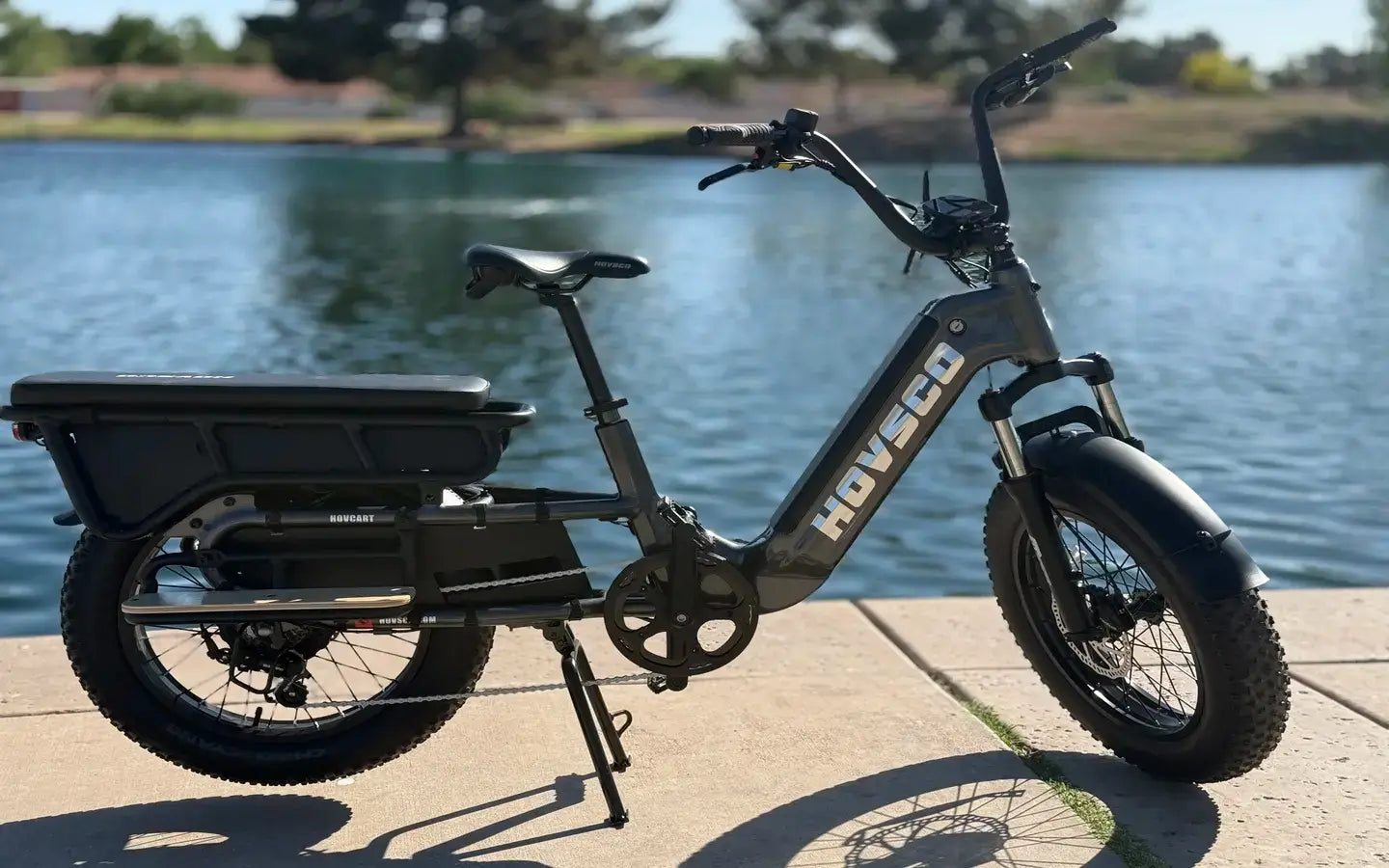
- by LiuJiazhu
What Are Essential Accessories For All-Weather Commuter Biking?
- by LiuJiazhu
Essential all-weather commuter biking accessories prioritize safety, adaptability, and comfort across seasons. Key items include weather-resistant helmets, layered clothing systems, waterproof gear, lighting solutions, anti-fog visors, and versatile storage options to handle rain, cold, heat, and low-light conditions efficiently.
An all-weather helmet must integrate ventilation control, anti-fog visors, and thermal padding. Modular designs with magnetic locks enable quick adjustments for temperature shifts, while MIPS technology enhances impact protection during sudden stops.
Beyond basic impact resistance, helmets should adapt to temperature extremes. For winter, thermal liners retain heat without compromising fit. In summer, adjustable vents maximize airflow. Anti-fog visor coatings or inserts—using hydrophilic or chemical treatments—prevent condensation during rain or cold snaps.
Pro Tip: Pair helmets with a windproof neck gaiter to seal gaps without restricting movement. For instance, a commuter in humid climates might prioritize visor ventilation, while northern riders focus on insulation. A 2x3 comparison table highlights helmets with modular liners outperforming fixed-padding models in thermal retention (15% warmer) and moisture management (20% faster drying).
Moisture-wicking base layers, insulating mid-layers, and windproof outer shells form the core system. Electrically heated vests extend comfort in sub-zero temperatures, while UPF-rated arm sleeves combat summer UV exposure.
Technical specifications matter: Base layers require 80-150 g/m² fabric density for optimal sweat dispersion. Mid-layers like Primaloft Gold (100g insulation) provide warmth without bulk. Outer shells need 10,000+ mm waterproof ratings and taped seams for heavy rain. Practically speaking, a commuter facing -10°C mornings and 15°C afternoons might use a modular setup: removable heated vest under a windbreaking softshell. Real-world example: Heated vests with 7.4V batteries sustain 6-hour heat at medium settings—ideal for 20km commutes.
Pro Tip: Use magnetic clasp jackets for quick mid-ride adjustments without removing gloves.
Dual LED headlights (1000+ lumens) with adaptive beam patterns and side visibility strips are non-negotiable. Rear lights should combine steady and pulse modes, achieving 200-lumen outputs for fog penetration.
Beyond brightness, consider runtime and durability. USB-C rechargeable systems with 5-hour runtime at 800 lumens cover most commutes. Side visibility solutions like retroreflective wheel strips or helmet-mounted LEDs create 360° detection. For example, a 2024 study showed cyclists using combined headlight/taillight systems reduced near-miss incidents by 33% in urban dusk conditions.
Pro Tip: Mount a secondary headlight on handlebars and a helmet-mounted light to illuminate turning directions naturally.
| Feature | Urban Commute | Rural Night Ride |
|---|---|---|
| Lumens | 800-1200 | 1500+ |
| Beam Angle | 60° flood | 30° spot + 90° flood |
| Runtime | 4h (pulse) | 8h (steady) |
Puncture-resistant tires with variable tread patterns handle wet roads, gravel, and light snow. Compounds like Schwalbe's Addix Skin maintain grip at -15°C while resisting summer asphalt wear.
Tire width and pressure adaptability are key: 35-40mm tires at 45-60 PSI balance speed and shock absorption. Siping (micro-grooves) on tread blocks increases wet-surface contact by 25%. A commuter using 38mm tires with 3D siping reported 40% fewer skids on frost-patched bridges compared to smooth-tread models.
Pro Tip: Seasonal tire swaps optimize performance—softer winter compounds (<50a durometer) vs. firmer summer ones (>60a).
Waterproof panniers with roll-top seals and modular attachment systems outperform basic backpacks. Insulated food compartments maintain meal temperatures during extreme commutes.
Materials matter: 1000D nylon with TPU coatings achieve IP65 water resistance—withstanding 30-minute downpours. Compression straps prevent load shifts during sudden stops. For instance, a diagonal-loaded pannier system balances weight better than single-side mounts, reducing handling errors by 18% in wind gusts.
Pro Tip: Use vacuum-seal bags for spare clothes—reduces volume by 75% while keeping items dry.
Bi-weekly drivetrain cleans prevent salt corrosion in winter, while summer demands UV-protectant sprays on grips and saddles. Hydraulic brake fluid swaps every 2 years prevent water absorption failures.
Winter requires anti-ice chain lubes (paraffin-based) that don’t attract road grit. Summer focus shifts to bearing overhauls—repacking hub grease every 1,500km prevents melt-induced thinning. A commuter neglecting winter rinses reported 50% faster chain wear due to salt retention.
Pro Tip: Keep a frame-mounted emergency tool kit with temperature-adjusted tire patches and CO2 inflators.
Yes—premium heated gloves with carbon-fiber elements maintain 40-50°C for 4+ hours, preventing numbness that compromises brake control in sub-zero rides.
How often should I reapply waterproofing on outer gear?Re-treat DWR coatings every 15-20 washes or when water stops beading—use heat-activated sprays during drying cycles for optimal bonding.
Can I use motorcycle accessories on commuter bikes?Selectively—motorcycle-grade locks and lights often exceed bike needs, adding unnecessary weight. Exception: Motorcycle-derived heated grips provide superior ergonomics for year-round use.
Share:
Which Commuter Ebikes Provide The Longest Battery Life?
Which Is More Cost-Effective: Commuter Bike or Electric Scooter?